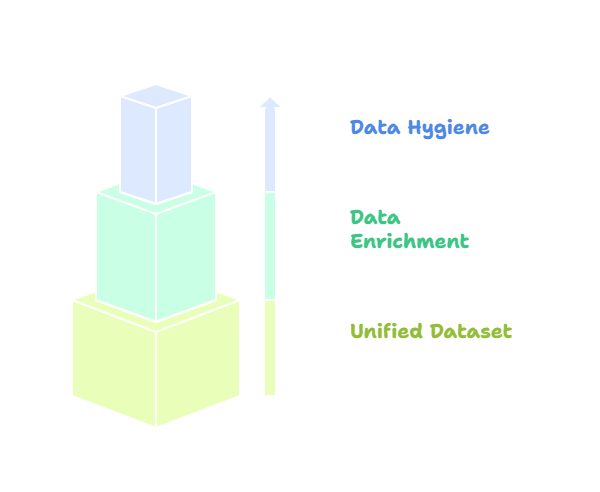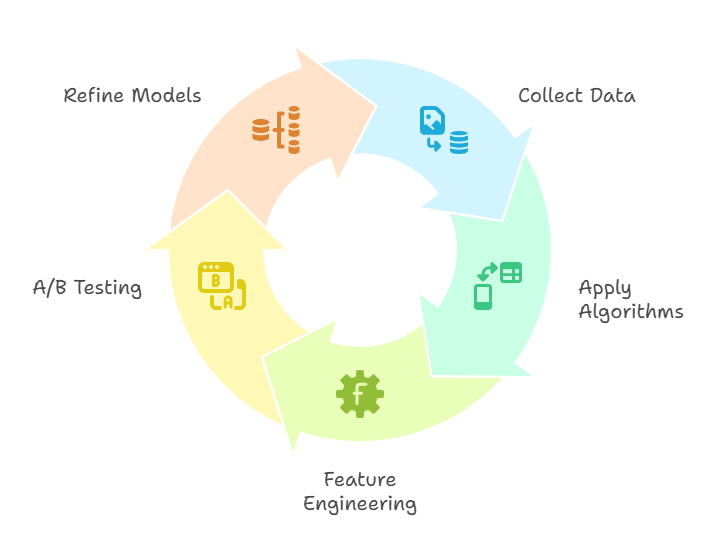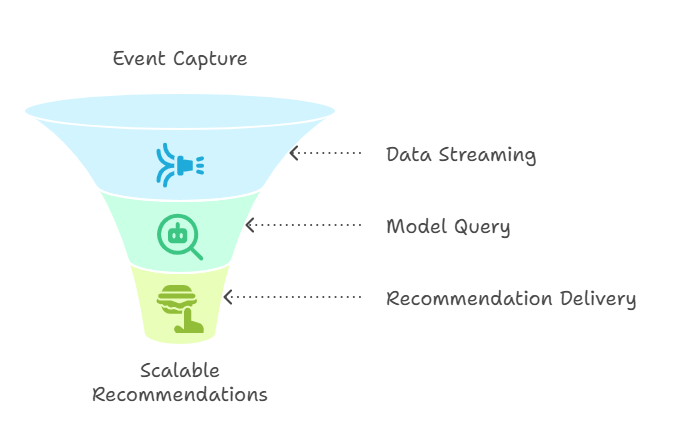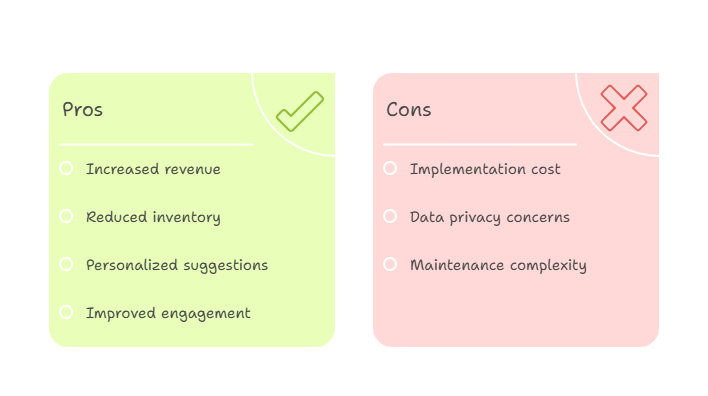Predictive Analytics & Recommendation: Unlocking Data‑Driven Growth
When we rely on yesterday’s forecasting tools, we end up with empty shelves, generic offers, and money left on the table. The fix is clear—modern predictive analytics and recommendation engines. They read our data in real time, tailor every interaction, and turn missed sales into measurable growth and efficiency.
Why Predictive Analytics & Recommendation Engines Matter
These days, we can’t afford to guess what customers will buy or how much inventory to keep on hand. Smart demand-forecasting and recommendation engines give us the answers—so shelves stay stocked, teams stay lean, and every shopper sees offers that feel hand-picked. But the magic only happens if we feed those models clean data and plug them seamlessly into our day-to-day systems.
Key Takeaways
- Data hygiene is non-negotiable. If our customer and inventory data live in silos—or worse, are riddled with errors—no model can save us. First, we unify and clean the data; then we let the algorithms shine.
- Modular modeling keeps us agile. We don’t lock ourselves into one technique. Whether it’s time-series forecasting, collaborative filtering, or a hybrid approach, we swap components in and out until we find the mix that moves the revenue needle.
- Real-time personalization demands real-time plumbing. Batch jobs are fine for nightly reports, but serving the right product or offer in the exact moment requires low-latency infrastructure and streaming inference.
- Cross-functional teams turn math into money. When data science, IT, and marketing work from the same playbook, forecasts become inventory orders, and recommendations become conversions—fast.
- Relentless monitoring keeps us ahead of drift. Customer behavior changes; our models adapt. We track performance daily, retrain on fresh data, and tweak parameters so predictions stay sharp and suggestions stay relevant
Establishing a Data‑Driven Foundation
Let’s start with the basics. Before we run any fancy algorithms, we need our data house in order. That means pulling every scrap of information—purchases, clicks, support calls—into one place, whether that’s a modern cloud warehouse or a well-managed data lake. From there, we clean it up. Timestamps, SKUs, customer IDs—no duplicates, no mismatched formats. Once the core is solid, we add the extra context that really sharpens our forecasts: retail seasonality calendars, campaign schedules, even macro-economic signals for our B2B lines. Only then do we have a single source of truth the entire company can trust—and the rock-solid foundation our predictive models and recommendation engines need to deliver results.

Building Blocks of Predictive Modeling
Once the data foundation is solid, we can finally let the algorithms go to work. Think of demand forecasting first. Classic time-series models—ARIMA, Facebook’s Prophet, even LSTM neural nets—help us spot the rhythms in our sales data. We tweak as we go, layering in rolling averages, holiday markers, and price-elasticity signals to squeeze out extra accuracy. Then come the recommendation models. Collaborative filtering looks for patterns in what similar shoppers buy; content-based models lean on the actual attributes of our products and customer profiles. My favorite approach? A hybrid of both—it’s how we give each customer that “how did they know?” moment. We never assume we’re done, of course. Every model gets its turn in an A/B test, and only the ones that move the needle in the real world graduate to production. That’s how we make sure our forecasts stay sharp and our recommendations stay personal.

Architecting Real‑Time Recommendation Workflows
Planning runs on batch forecasts, no doubt—but winning the moment requires real-time smarts. Here’s what that looks like in practice. We stream every click, cart add, and page view through Kafka (or Kinesis, if you’re an AWS shop). Our recommendation service taps a low-latency model endpoint—think NVIDIA Triton or your cloud provider’s managed inferencing—so it can serve the next-best offer in a few milliseconds. And when traffic goes through the roof—Black Friday, flash sale, you name it—our infrastructure scales on demand. The site stays lightning-fast, the rec engine never misses a beat, and customers keep buying instead of bouncing.

Case Study: 20% Lift in Cross‑Sell Revenue
Let me give you a quick success story. One of our national-retail partners came to us with two headaches—emails no one was opening and slow-moving inventory clogging up the warehouse. We rolled out a hybrid recommendation engine that blends each shopper’s purchase history with their live browsing behavior. Suddenly, every post-purchase email and on-site banner felt tailor-made. At the same time, weekly demand forecasts told the merchandising team exactly how much to reorder and when. The payoff was immediate: cross-sell revenue jumped 20 percent, clearance inventory dropped 15 percent, and the markdown rack stopped bleeding margin. That’s the power of putting predictions and recommendations under one roof.

From Insights to Impact: Key Takeaways
Here’s the takeaway in plain English. Predictive analytics and recommendation engines can absolutely boost sales and streamline operations—but only if we give them the right footing. That means pulling all our data into one clean home, testing a few different algorithms until we find the sweet spot, running everything in real time, and keeping a constant eye on performance. When our data, tech, and teams are rowing in the same direction, those scattered insights turn into steady, personalized experiences that wow customers and move the numbers that matter.
Next Steps
- Book a Personalized Demo
See how our end‑to‑end recommendation platform integrates with your systems to deliver next‑best‑action insights at scale. - Join Our “AI in Retail” Webinar
Learn from industry leaders about successful demand‑forecasting and personalization initiatives.
Ready to turn data into revenue?
Get our predictive analytics playbook and get a data consolidation checklist to clean up and unify sources fast.